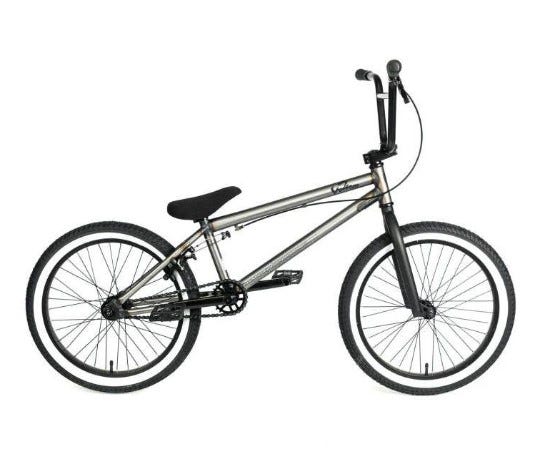A Beginner’s Guide to BMX Riding
BMX, or Bicycle Motocross, is an increasingly popular style of riding, with its roots kicking off for the very first time in the 1970s. Its become a well-recognised sport and culture across the planet, with BMX riders using their own language too. Generally, BMX bikes tend to be lightweight, strong and robust. They are specifically designed for executing stunts, along with hardcore riding in a range of different environments, from dirt tracks, skate parks and street riding.
As a beginner, it can be quite overwhelming knowing where to start if you have never ridden a BMX before as there is so much information out there. It’s for this exact reason that we have written a guide on what you will need to consider before getting started on your amazing BMX journey.
Consider your riding style
You’ll first need to consider the style of riding you wish to undertake before you purchase your first BMX bike. BMXs come in a range of styles, each with its own benefits tailored to specific riders and goals. Some BMX have been built for racing, whereby it consists of a lightweight frame, narrow tiles and a lower profile. Others are more suited to freestyle riding, with a more robust BMX Frame, wider BMX Tyres and Handlebars that sit a little higher.
Decide on your budget
Of course, your budget will also determine the type of BMX that you’ll want to go for. BMX Bikes can vary in price quite a bit, depending on the quality of components and materials used, together with the reputation of the brand. Although you will not have to spend mega bucks to purchase a reliable BMX bike, you will want to be aware of the fact that, at the end of the day, you get what you pay for. A top-quality BMX may cost more, but it will also be more durable, comfortable and will offer an easier and more pleasurable riding experience.

Check the size of the bike
You will also want to make sure that the BMX bike you choose is best-suited to you. BMX bikes come in all sorts of sizes, from balance bikes for toddlers to full-size bikes for adults, and even then, sizes can greatly differ. The size of the bike most appropriate for you will depend upon your height, weight and again, your riding style. A BMX bike on the smaller size may be more maneuverable and easier to control, but it can be very uncomfortable for taller and heavier riders who will be more suited to a larger bike. This is because larger bikes tend to offer greater stability and comfort.
Look for Quality Components
As we mentioned above, the components on a BMX bike is an absolute game changer and can take your riding experience from absolutely awful to epic and incredibe. You’ll want to keep an eye out for bikes which come with solid frames, strong, durable Wheels and reliable brakes. You’ll want to make sure it feels comfortable sitting on the BMX Saddle and that you are happy with the BMX Handlebars too. The BMX Pedals on the bike will need to have good grip and support so that you can comfortably push without the risk of your feet and legs sliding all over the place. If you feel unsure about the quality of components on your desired BMX bike, you can always reach out to SkateHut’s friendly experts on live chat.

Test Ride Different Bikes
Once you have filtered down your choices to a handful of BMX bikes using the criteria outlined above, it is very important to give your chosen BMX bikes a test ride. A test ride will give you a feel for how the bike rides and performs, along with how you feel riding it. You will be able to determine if you feel comfortable riding a specific BMX, how it moves and whether it will suffice for what you want to get out of it.
Consider the terrain that you plan to be riding on
Two key things to consider when thinking about the terrain you will be riding on is the size and thickness of the wheels. The size of the wheels can have an impact on the BMX’s stability and ability to roller over obstacles securely and safely, whereas the thickness will affect the tires grip and ability to absorb shocks efficiently.
BMX bikes that have been designed for rough terrain generally have larger wheels, since the larger circumference offered allows the bike to roll over obstacles easier than smaller BMX Wheels. Such wheels also offer greater stability too, making it easier to maintain control of the bike when riding on rougher surfaces. Thicker tires are also recommended for riding on rough surfaces as they cover more surface area and provide better grip, ensuring that they maintain the traction required on uneven terrain. Thicker tires also allow for more stability and thus, more control.


